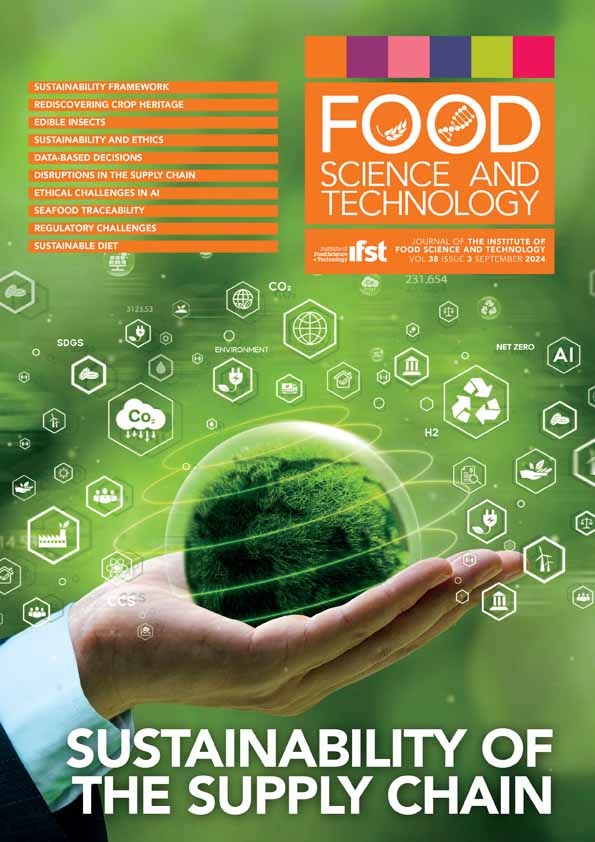Inhibitory action of mycocins from Wickerhamomyces anomalus on filamentous fungi present in cornmeal
Q2 Agricultural and Biological Sciences
引用次数: 0
Abstract
Some species of filamentous fungi present in grain crops can be mycotoxigenic. Mycotoxins are secondary metabolites that are potentially carcinogenic, hepatotoxic, and nephrotoxic to humans and animals. In addition, they are mostly thermostable, i.e., they resist the processing and refining of grains. Wickerhamomyces anomalus is a yeast found widely in nature and was the first reported yeast capable of producing mycocins that act on both eukaryotic and prokaryotic microorganisms. Mycocins are glycoproteins that act on sensitive cells of other microorganisms without direct cell-to-cell contact. This study aimed to identify the filamentous fungi present in cornmeal and verify their inhibition against the mycocins of W. anomalus WA92, all the cornmeal samples analyzed (eight) presented colony-forming units (CFU) of filamentous fungi including some known as potential mycotoxin producers, and 10 fungal genera were identified—Acremonium sp., Alternaria sp., Aspergillus sp., Chrysosporium sp., Cladosporium sp., Fusarium sp., Mucor sp., Penicillium sp., Rhizopus sp., and Scopulariopsis sp. Tests were carried out on a solid medium containing the supernatant of mycocins from W. anomalus and showed total inhibition of the growth of these fungi. Mycocins from W. anomalus are a promising agent in the biocontrol of grain fungal populations.来自 Wickerhamomyces anomalus 的霉菌素对玉米粉中丝状真菌的抑制作用
粮食作物中的某些丝状真菌可能具有霉菌毒性。霉菌毒素是次生代谢产物,对人类和动物具有潜在的致癌性、肝毒性和肾毒性。此外,它们大多具有热稳定性,也就是说,它们能抵抗谷物的加工和提炼。Wickerhamomyces anomalus 是一种广泛存在于自然界中的酵母菌,也是最早报道的能够产生对真核和原核微生物均有作用的霉菌素的酵母菌。霉菌素是一种糖蛋白,可在不直接接触细胞的情况下作用于其他微生物的敏感细胞。这项研究的目的是鉴定玉米面中的丝状真菌,并验证它们对 W. anomalus WA92 真菌毒素的抑制作用,分析的所有玉米面样本(8 份)中都含有丝状真菌的菌落形成单位(CFU),其中包括一些已知的潜在霉菌毒素生产者,并鉴定出 10 个真菌属--Acremonium sp、在含有 W. anomalus 真菌毒素上清液的固体培养基上进行了测试,结果表明这些真菌的生长受到完全抑制。来自 W. anomalus 的霉菌素是一种很有前景的谷物真菌生物控制剂。
本文章由计算机程序翻译,如有差异,请以英文原文为准。
求助全文
约1分钟内获得全文
求助全文
来源期刊

Food Science and Technology
农林科学-食品科技
自引率
0.00%
发文量
0
审稿时长
12 weeks
期刊介绍:
Information not localized
 求助内容:
求助内容: 应助结果提醒方式:
应助结果提醒方式:


